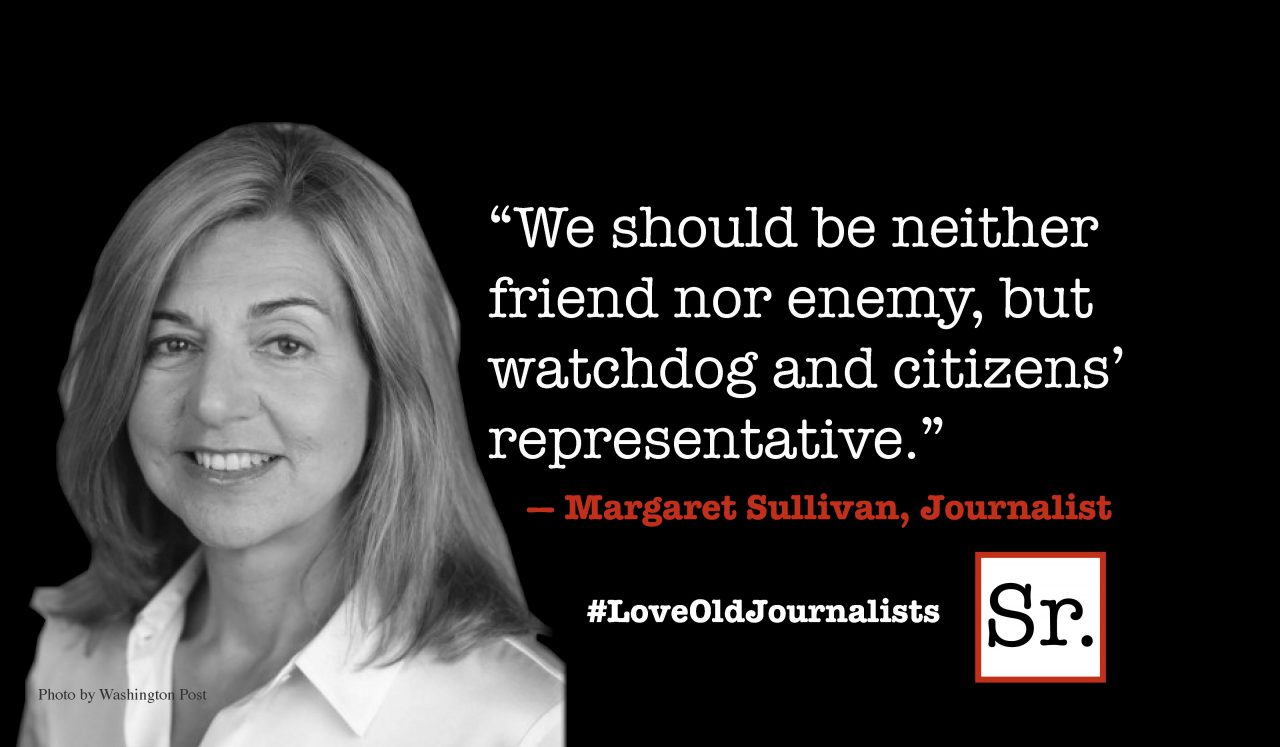Q. Whenever I drink a little too much wine, I find that I wake up at night and my heart seems to race for a while. Can wine do that?
The short answer is yes. But, first, it sounds like you haven’t told a doctor about this. And you should — immediately. What you’re describing could be atrial fibrillation. The risk of atrial fibrillation increases with age, particularly after age 60.
Atrial fibrillation —also called AF or AFib — is the most common form of irregular heartbeat. It is an abnormal heart rhythm originating in the atria, the upper chambers of the heart. The rate of impulses through the atria can range from 300 to 600 beats per minute.
Because the atria are beating rapidly and irregularly, blood does not flow through them as quickly. This makes the blood more likely to clot. If a clot is pumped out of the heart, it can travel to the brain causing a stroke. People with atrial fibrillation are five to seven times more likely to have a stroke than the general population.
Infrequent and brief episodes of atrial fibrillation can be triggered by overindulgence in alcohol, caffeine and food. Doctors sometimes call AF “holiday heart.”
However, some of the most common causes of AF are high blood pressure, a variety of heart problems such as coronary artery disease, chronic lung disease and pulmonary embolism, which is a condition that occurs when an artery in your lung becomes blocked.
In at least 10 percent of AF cases, no underlying heart disease is found. In these cases, AF may be related to alcohol or excessive caffeine use, stress, certain drugs, electrolyte or metabolic imbalances, or severe infections. In some cases, no cause can be found.
Among the commonly used tools to diagnose atrial fibrillation are the electrocardiogram (ECG); a Holter monitor, a small external recorder usually worn for one to three days, and a portable event monitor that enables a patient to record an AF.
Many people live for years problem-free with atrial fibrillation. However, chronic atrial fibrillation can cause problems. Besides stroke, there is the danger that clots can travel to other parts of the body (kidneys, heart, intestines), causing damage. AF can decrease the heart's pumping ability by as much as 20 to 25 percent. AF combined with a fast heart rate over a long period of time can cause heart failure.
AF symptoms include a racing or fluttering heart, fatigue, dizziness, feeling faint, chest discomfort, and shortness of breath. However, you can have atrial fibrillation without symptoms.
Initially, medications are used to treat atrial fibrillation. There are also medications to prevent blood clots. In addition to taking medications, there are lifestyle changes you can make. These include: quitting smoking, limiting alcohol and caffeine, avoiding activities that seem related to your irregular heart rhythm.
When initial remedies don’t correct or control AF, a procedure such as electrical cardioversion may be necessary. In this procedure, an electrical shock is delivered to your chest wall to restore a normal rhythm.
Then there are devices such as an implantable atrial defibrillator that delivers low-dose therapy to convert AF to a normal heart rhythm.
Patients with chronic AF not relieved by medication or procedures are candidates for surgical treatment. Many of these approaches can be performed with minimally invasive (endoscopic or “keyhole”) surgical techniques.
If you would like to read more columns, you can order a copy of “How to be a Healthy Geezer” at www.healthygeezer.com.








